I would like to know what rules Entity Framework follows in regards to the naming/generation of navigation properties. I have observed several scenarios which don't seem to make sense so I was wondering if anyone knows exactly how these work.
Scenario 1:
public class Post
{
public int Id { get; set; }
public User Author { get; set; }
}
Generates

ie. by default navigation properties generate FKs named [PropertyName]_Id
Scenario 2:
It makes sense that if EF generates properties such of the format [PropertyName]_Id when you manually specify a FK Id it will follow the same rules however:
public class Post
{
public int Id { get; set; }
public int? Author_Id { get; set; }
public User Author { get; set; }
}
Generates

As you can see this doesn't automatically register as a nav property.
Scenario 3:
If it doesn't work for Scenario 2 why does it work for an alternate naming convention?
public class Post
{
public int Id { get; set; }
public int? AuthorId { get; set; }
public User Author { get; set; }
}
Generates

What are the rules around navigation property detection and generation?